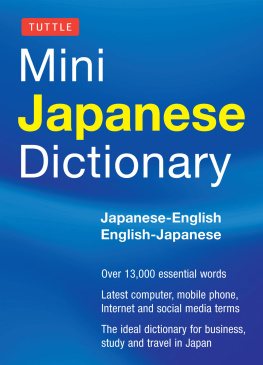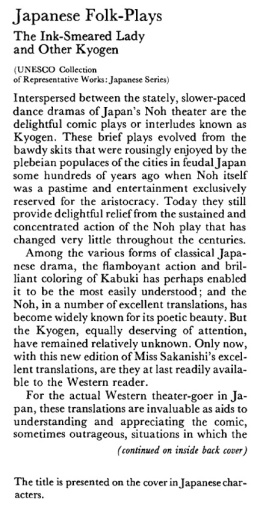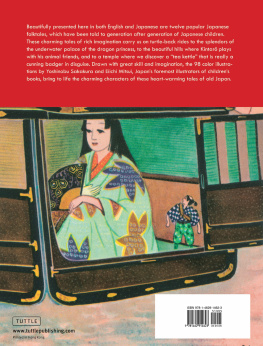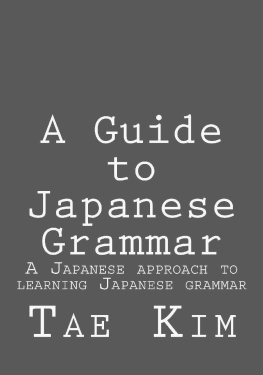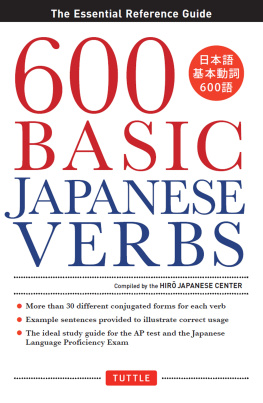Nogami - Japanese Noh Plays
Here you can read online Nogami - Japanese Noh Plays full text of the book (entire story) in english for free. Download pdf and epub, get meaning, cover and reviews about this ebook. year: 2013, publisher: Routledge, genre: Detective and thriller. Description of the work, (preface) as well as reviews are available. Best literature library LitArk.com created for fans of good reading and offers a wide selection of genres:
Romance novel
Science fiction
Adventure
Detective
Science
History
Home and family
Prose
Art
Politics
Computer
Non-fiction
Religion
Business
Children
Humor
Choose a favorite category and find really read worthwhile books. Enjoy immersion in the world of imagination, feel the emotions of the characters or learn something new for yourself, make an fascinating discovery.

- Book:Japanese Noh Plays
- Author:
- Publisher:Routledge
- Genre:
- Year:2013
- Rating:5 / 5
- Favourites:Add to favourites
- Your mark:
- 100
- 1
- 2
- 3
- 4
- 5
Japanese Noh Plays: summary, description and annotation
We offer to read an annotation, description, summary or preface (depends on what the author of the book "Japanese Noh Plays" wrote himself). If you haven't found the necessary information about the book — write in the comments, we will try to find it.
Japanese Noh Plays — read online for free the complete book (whole text) full work
Below is the text of the book, divided by pages. System saving the place of the last page read, allows you to conveniently read the book "Japanese Noh Plays" online for free, without having to search again every time where you left off. Put a bookmark, and you can go to the page where you finished reading at any time.
Font size:
Interval:
Bookmark:
Nogami
Fukukita

 shi-arai (Komachi Washing the Poem Book)
shi-arai (Komachi Washing the Poem Book)
Kegan Paul Limited
UK: P.O. Box 256, London WC1B 3SW, England
Tel: 020 7580 5511 Fax: 020 7436 0899
E-Mail: books@keganpaul.com
Internet: http://www.keganpaul.com
USA: 61 West 62nd Street, New York, NY 10023
Tel: (212) 459 0600 Fax: (212) 459 3678
Internet: http://www.columbia.edu/cu/cup
BAHRAIN: bahrain@keganpaul.com
Marston Book Services Ltd
160 Milton Park
Abingdon
Oxforshire OX14 4SD
United Kingdom
Tel: (01235 ) 465500 Fax: (01235)465555
Email: direct.enqiries@marston.co.uk
61 West 62nd Street, New York, NY 10023
Tel: (212) 459 0600 Fax: (212) 459 3678
Internet: http://www.columbia.edu/cu/cup
Applied for.
| si (shi) | ||
| ti (chi) | tu (tsu) | |
| hu (fu) | ||
| zi (ji) | ||
| sya (sha) | syu (shu) | syo (sho) |
| tya (cha) | tyu (chu) | tyo (cho) |
| zya (ja) | zyu (ju) | zyo (jo) |
| Old Spelling | New Spelling |
| Shi nto shrine | Si nto shrine |
| Chi on-in temple | Ti on-in temple |
| Mt. Fuji | Mt. H uzi |
| Cha noyu | Tya noyu |
| Cho sen | Tyo sen |
| Jujutsu | Zyuzyutu |
| Ji nriki sha | Zi nriki sya |

 gun throughout the feudal ages. But at the time of the Restoration of 1868 it was abandoned along with other old customs, and revived later on, not as an ordinary entertainment but as a curious literary survival. Then followed the period when things Western were overvalued and native things undervalued. During this period artistic forms peculiar to us were to a great extent lost, but it was fortunate that the Noh survived this doom. This was mainly due to Prince Tomomi Iwakura who patronized it, and to three great Noh actors of the period, H
gun throughout the feudal ages. But at the time of the Restoration of 1868 it was abandoned along with other old customs, and revived later on, not as an ordinary entertainment but as a curious literary survival. Then followed the period when things Western were overvalued and native things undervalued. During this period artistic forms peculiar to us were to a great extent lost, but it was fortunate that the Noh survived this doom. This was mainly due to Prince Tomomi Iwakura who patronized it, and to three great Noh actors of the period, H sy
sy -Kur
-Kur
Font size:
Interval:
Bookmark:
Similar books «Japanese Noh Plays»
Look at similar books to Japanese Noh Plays. We have selected literature similar in name and meaning in the hope of providing readers with more options to find new, interesting, not yet read works.
Discussion, reviews of the book Japanese Noh Plays and just readers' own opinions. Leave your comments, write what you think about the work, its meaning or the main characters. Specify what exactly you liked and what you didn't like, and why you think so.



